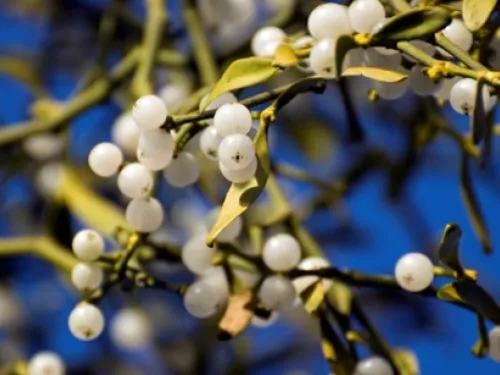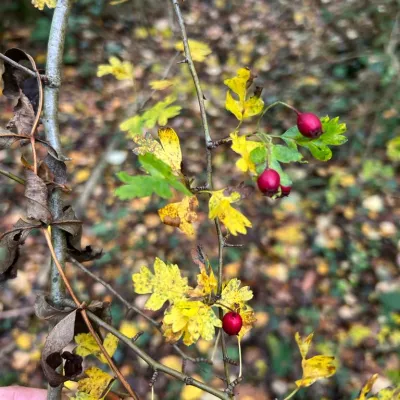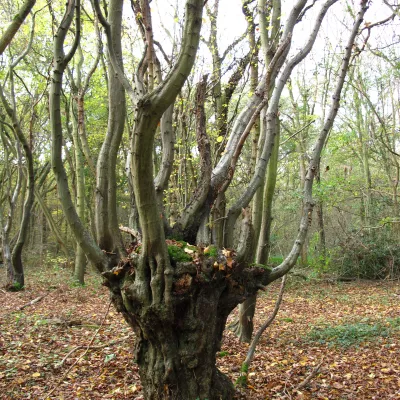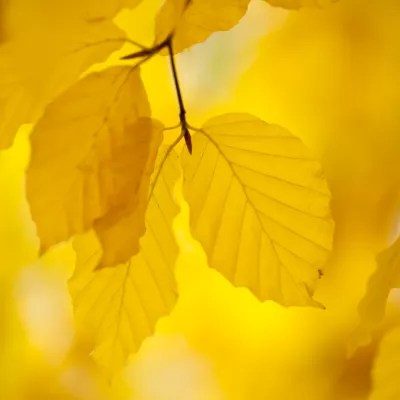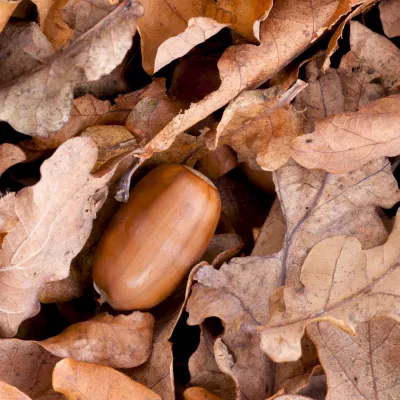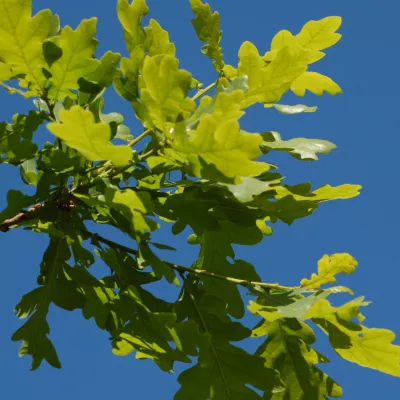Common ash (Fraxinus excelsior)
You can always tell you’re looking at an ash in winter because of its dark jet-black buds. Its flowers are quite spectacular looking too, borne onto bare bark before the leaves appear in early spring, starting off deep purple and then brightening to a red in summer.
They’re one of the last trees to come into leaf in the spring and when they finally do explode into green, they have wonderfully floaty compound leaves with 7-12 leaflets shaped like a lance. An important food source to many moths such as the privet hawk-moth, ash leaves also fall early, whilst they’re still green, letting light down onto the woodland floor and supporting more species such as wild garlic, dogs mercury and hazel.
Ash trees are a majestic winter tree undergoing a real struggle right now. As ash dieback sweeps the nation, it’s important to hold a place in our hearts for the ash tree. Numbers may dwindle over the next decade, but like all trees, ash will fight back. There will be ash trees that hold resilient genes, and the seeds of these trees will be used to bring ash back to its former glory.
